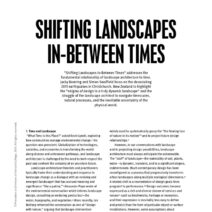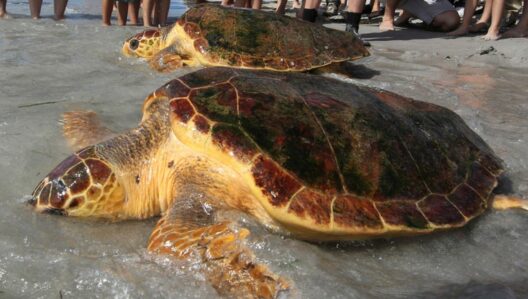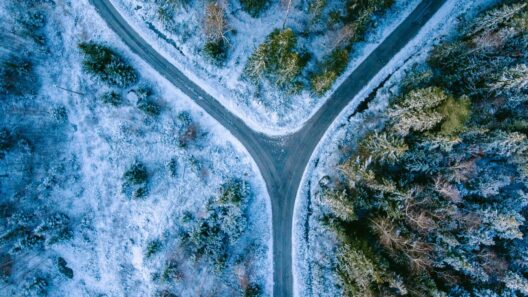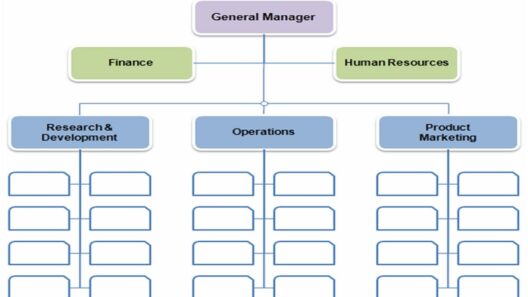Can we really pin the blame for global warming solely on human action? This provocative question invites us to explore the multifaceted nature of climate change and the various players involved in this pressing global issue. Understanding the origins and contributors to global warming necessitates a deeper dive beyond the simplistic scapegoating of humanity. While it is indisputable that human activities have significantly accelerated climate change, one must contemplate whether we are the sole villains in this narrative.
Human-induced climate change, often referred to as anthropogenic climate change, is primarily driven by the burning of fossil fuels, deforestation, and industrial processes. These activities have dramatically increased concentrations of greenhouse gases, such as carbon dioxide (CO2) and methane (CH4), in the atmosphere. The Intergovernmental Panel on Climate Change (IPCC) has provided ample evidence illustrating the correlation between human actions and rising global temperatures. The data unequivocally highlights that since the late 19th century, human activity has intensified the natural greenhouse effect, leading to global warming.
However, to assert that humans are solely responsible is to disregard the planet’s natural climate variability. Earth has undergone cyclical changes in climate due to natural phenomena such as volcanic eruptions, solar radiation fluctuations, and variations in oceanic currents. For instance, volcanic eruptions can spew substantial amounts of CO2 and ash into the atmosphere, leading to immediate but temporary climate shifts. Solar activity also influences the amount of solar energy that reaches Earth, although this effect is relatively minor over short periods.
Further complicating the narrative are greenhouse gas emissions from natural sources. Peatlands, wetlands, and even oceans are significant emitters of methane, especially when disturbed or altered. These ecosystems exhibit a complex interplay of carbon cycling, significantly impacted by both human alteration and their innate processes. For instance, when land is drained for agricultural use, massive amounts of carbon previously stored in the peat can be released, exacerbating climate change. This points to the argument that while human activities can trigger or amplify emissions, natural systems also contribute to the overall picture.
Additionally, consider the historical context. The Earth has witnessed numerous periods of warming and cooling long before humans became a dominant force on the planet. The medieval warm period and the Little Ice Age are two prime examples of significant climate fluctuations driven by natural processes. While contemporary global warming is remarkable in its magnitude and rapid pace—as acknowledged by the scientific community—it draws from a lengthy historical backdrop of climate dynamics influenced by various natural factors.
Delving into geological timescales, one can observe significant shifts in climate that occurred without human intervention. The Earth’s climate system is inextricably linked to complex feedback mechanisms involving the atmosphere, hydrosphere, biosphere, and cryosphere. Changes in one system can profoundly influence another, creating a cascade effect that exacerbates climate fluctuations. These intricate intersections serve as a reminder that Earth’s climate is not merely a product of human influence.
Nonetheless, this does not absolve humanity of accountability. The overriding question revolves around the extent of our contribution and how our actions have altered natural systems. While natural phenomena play a role, the unprecedented rate at which global warming is occurring today is largely induced by human actions. This is evident in the unprecedented rise in global temperatures over the past century—a deviation from the historical average that can primarily be attributed to anthropogenic activities.
Furthermore, it is crucial to recognize our unique position as stewards of the planet. Unlike previous changes fostered by natural processes, humans possess a distinctive capability to alter environments at a scale never before seen. Deforestation, industrial agriculture, and urbanization harmoniously work together to compound the challenges of global warming. The question then arises: Are we equipped to address the ecological imbalances we have created? Understanding the duality of our role—as both a contributor and a potential alleviator—is vital in confronting climate change.
This leads to a playful conundrum: if humans initiated the current climate crisis, can we also engineer its resolution? While criticisms abound regarding political inaction and economic reluctance, there is an undercurrent of optimism in renewable energy, conservation efforts, and technological advancements. The potential for innovative solutions—such as carbon capture and advancements in solar energy—offers a glimmer of hope. Yet, these technologies must not serve as a panacea for our responsibility; they must be complements to systemic change in policies and behaviors that align with ecological sustainability.
In conclusion, while human actions are undoubtedly the driving force behind contemporary climate change, blaming humanity alone is an oversimplification. Acknowledging the interplay between anthropogenic factors and natural processes is essential for fostering a comprehensive understanding of global warming. As we grapple with this complex reality, the onus lies on humanity—not only to recognize its faults but to actively participate in remedial action. The challenge is not merely one of blame; it is about harnessing our ingenuity, accountability, and collaborative spirit to ensure a sustainable future for our planet. The question remains, are we ready to take on that challenge?






